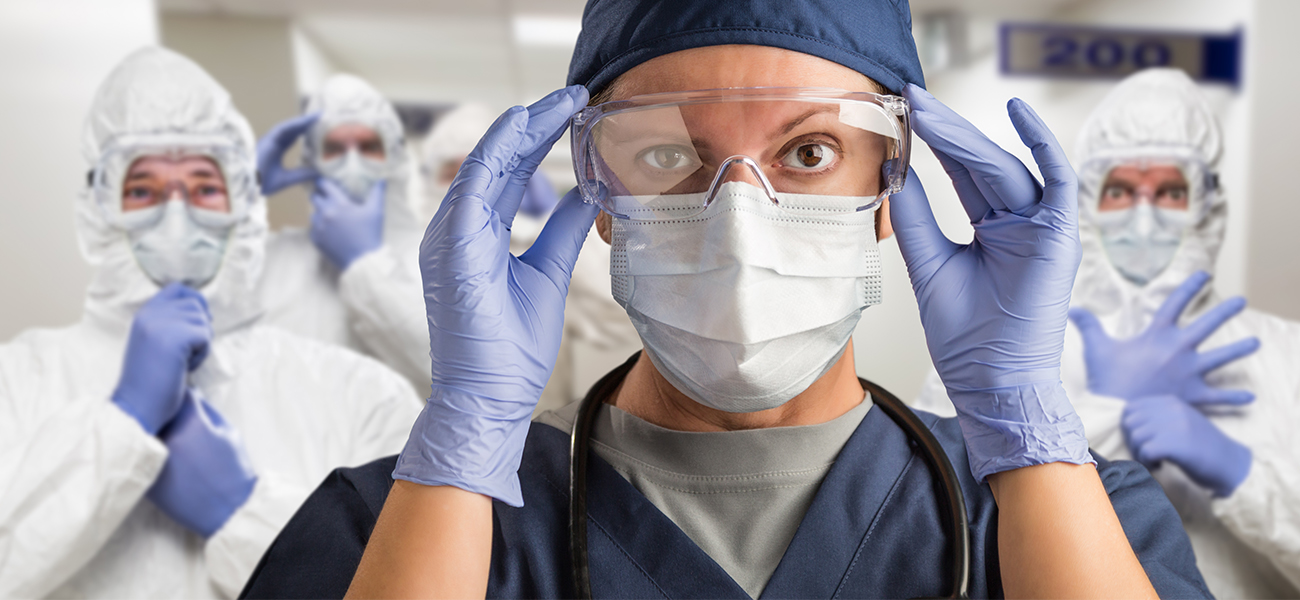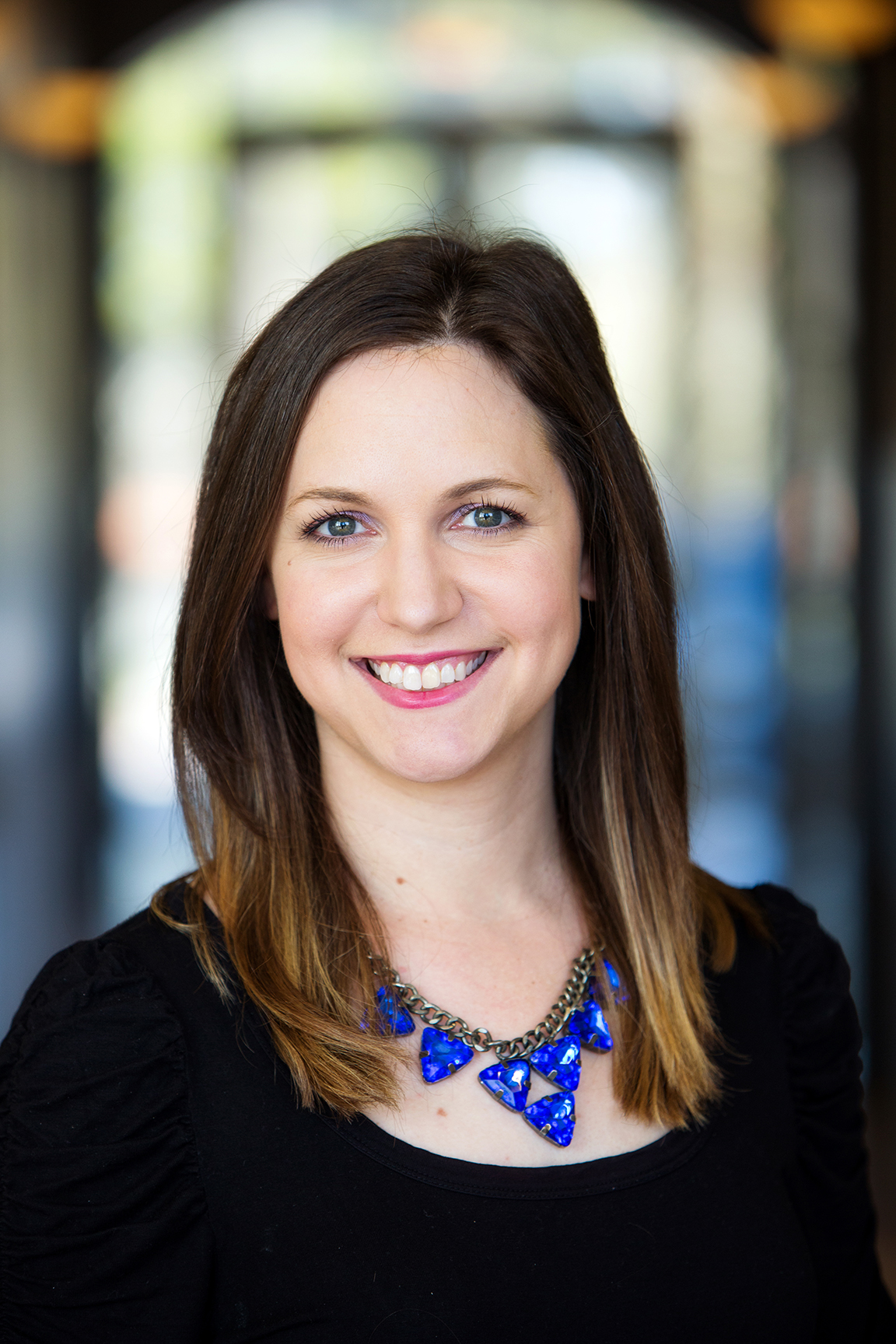
Write on: From the frontlines

Even after our interviews were over, I could still hear their words.
The hospital workers I interviewed for our cover story have seen firsthand what COVID-19 looks like at its worst.
Before talking to them, I thought I had an idea what the virus looked like. I’d read the news, of course, and heard stories about it from friends.
|
|
A couple of my friends had tested positive for the virus and experienced it in a milder but still unpleasant form. And I had also been checking in often with a friend who had four family members in the hospital with the virus.
But interviewing nurses, physicians and respiratory therapists who care for the hardest hit patients rewrote what I thought I knew.
It’s not so much the words they shared that have stuck in my mind. It’s how they said them. Their solemn tone when they’d describe how scared their patients were, or how they couldn’t breathe. The way they’d pause to collect themselves before they’d finish answering my questions. How they’d emphasize each word when they’d explain that “every one” of their ICU patients is the “sickest of the sick.”
I could hear their strength and determination when they talked about fighting for their patients. Their pride when they pictured how their coworkers had been rising to the challenge. The sadness when they talked about seeing patients die alone. The hope when they’d share stories about ones who’d survived despite the odds. And their gratitude toward their hospitals and the community.
Long after we ended our phone calls, their voices echoed in my mind. I heard them when I went to the grocery store. When I went for walks.
But I also heard their voices when I thought of my own friends who work in hospitals on the frontlines. I couldn’t stop thinking about how they were probably seeing the same things as these health care workers.
I asked a couple of them some of the same questions I’d asked during my hospital worker interviews—but on a more personal, friend-to-friend level.
Things like: What was your job like on a typical day before your first patient with coronavirus arrived, and how is it different now? What impact is this virus having on your patients, physically and mentally? How is your job affecting you at home? What do you think will stand out to you from this pandemic a decade from now?
One spoke about the isolation their patients have been feeling.
“I think they are experiencing the same feelings that a lot of people that are staying at home are feeling. They feel lonely. They feel like they’re missing out on life. It’s like the bride that didn’t get to have her bachelorette party. The new mom who isn’t going to get to have her baby shower. The dad who doesn’t get to bring cupcakes for their kid’s fifth birthday at school.”
Except in these patients’ worse-case scenarios, they’re alone when they’re dying.
“I just want so badly a way to convey to them that even though their family can’t be there for them, I am,” my friend said. “And I know I’m not the same. I’m not even remotely an equivalent substitute. But I’m here for you.”
Another friend said the hardest thing is not seeing their parents.
“Because I’m taking care of people that are sick with this disease, and my parents fall into the at-risk category, I’m not letting myself see them. I’m grateful I’m still able to talk to them and see them virtually. But it’s hard not to hug your mom and your dad.”
When the conversation felt like it was getting too serious, that friend shifted to a funny rendition of the never-ending dance of PPE: putting it on, taking it off, putting it on, taking it off. N95s, I was told, are like acne incubators. We laughed for a minute. But we quickly got serious again when I mentioned I would be returning soon to my office.
“You need to wear a mask every day,” my friend said. Before I had a chance to ask any dumb “What if …” questions, my friend reminded me it was not fun for hospital staff to wear PPE. But they do it to keep their patients safe—and stay healthy so they can keep caring for them.
Talking to medical workers really put things into perspective for me. The rest of us should do anything we can to protect each other. Wearing masks. Sanitizing our hands. Even getting a flu vaccine every fall.
It’s the least we can do.
|
|
|

